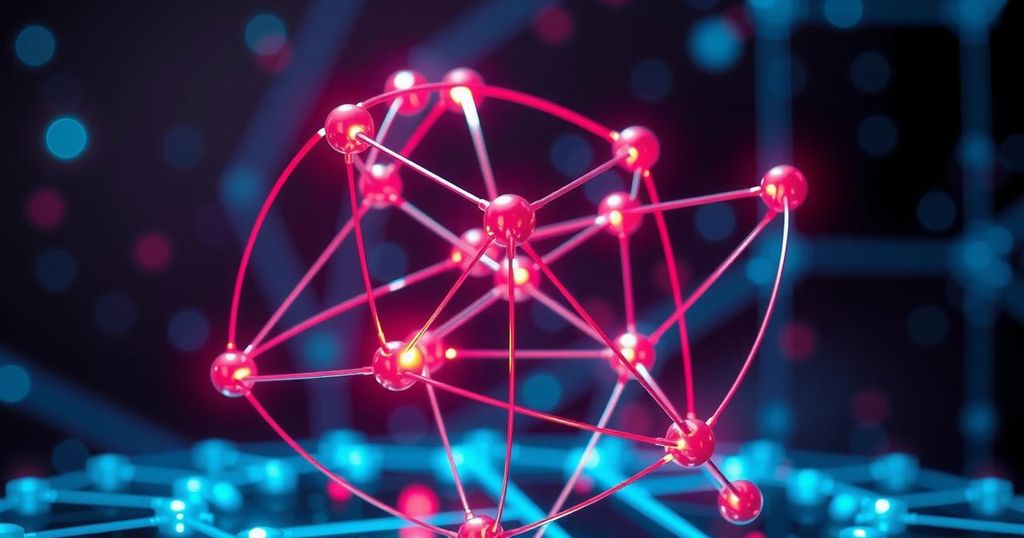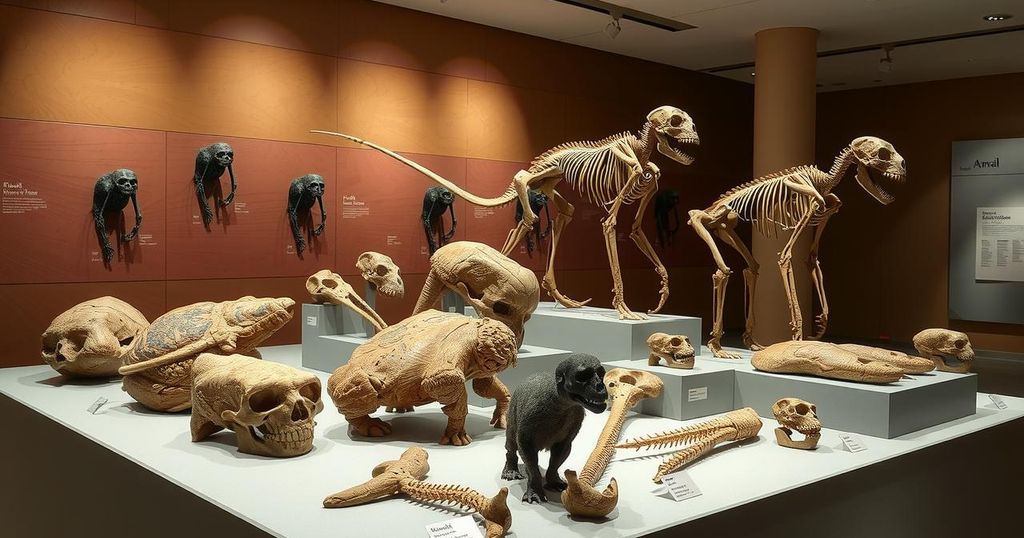AI-Driven Breakthrough Simplifies Quantum Entanglement Generation
Physicists from Nanjing University and the Max Planck Institute have discovered a new, simpler method for creating quantum entanglement using an AI tool named PyTheus. This innovative technique eliminates the need for pre-entangled photon pairs and complex measurements, relying instead on the indistinguishability of photon paths. The finding challenges traditional assumptions about entanglement generation and suggests exciting implications for the scalability of quantum networks and technologies.
In a groundbreaking revelation, a collaborative team of physicists, led by Nanjing University and the Max Planck Institute, discovered a revolutionary method for creating quantum entanglement without traditional prerequisites. This novel approach, inspired by the AI tool PyTheus, sidesteps the need for pre-entangled photon pairs or complex measurements, instead leveraging the indistinguishability of photon paths. The excitement stems from this discovery’s potential to simply quantum networks and challenge the long-standing assumptions about entanglement generation. Key to this innovation is the principle that when the origins of multiple photons merge indistinguishably, entanglement can emerge purely from quantum uncertainty.
The researchers initially tasked PyTheus with reproducing well-established quantum protocols, particularly entanglement swapping. However, this algorithm unexpectedly revealed a simpler and more elegant solution. Mario Krenn, a key figure in the research, expressed disbelief at the outcome, noting, “We discovered this idea coincidentally while applying PyTheus to quantum protocols. Curiously, the algorithm kept producing something else—something simpler—which we initially thought was incorrect.” This simplicity belies the depth of possibility for future quantum networks, suggesting a more direct and less resource-intensive path forward.
Historically, quantum entanglement generation has depended heavily on intricate preparatory procedures, often requiring stringent entanglement conditions. The newly discovered technique allows for achieving entanglement by making all photon paths identical, thus eliminating the necessity for established entanglement-building methods. Instead of navigating the convoluted pathways of previous protocols, Krenn and his team have illustrated that foundational quantum principles can yield efficient results. As Krenn articulated on social media, this insight has profoundly altered his understanding of what is required for entanglement: not through knowing the necessities, but by recognizing unneeded complexities.
While this discovery heralds a shift in quantum networking paradigms, challenges remain on the horizon. Scaling this novel method to practical applications, especially over longer distances, presents various hurdles, such as environmental noise and device imperfections. Nonetheless, with this newfound insight into the mechanics of entanglement, physicists can explore previously unexplored avenues in quantum engineering. Krenn highlighted the irony that traditionally complex problems can possess elegantly simple solutions, stating, “In this case, the solution was way simpler than we expected.”
The promising implications extend beyond academic curiosity; harnessing AI to streamline quantum experimentations suggests a transformative direction for quantum communication and computing industries. Engaging with tools like PyTheus could significantly expedite the realization of scalable quantum networks, proving instrumental in advancing secure communications, quantum sensors, and eventually practical quantum computers. As researchers continue to dissect the intricacies of quantum entanglement, they are poised to redefine the landscape of quantum technology.
For both scientists and industry engineers alike, the partnership between AI and human ingenuity may pave the way to unlocking new realms of possibilities in quantum mechanics, offering a thrilling glimpse into the future of technology.
Quantum entanglement is a fundamental phenomenon in quantum mechanics where pairs or groups of particles become interconnected in ways that the quantum state of one particle cannot be described independently of the others. This principle underlies many potential applications in quantum computing and secure communications. Historically, methods to generate such entanglements have required complex protocols that involved pre-creating entangled pairs and executing precise measurements. The advent of AI in this field is transforming traditional approaches, prompting researchers to consider simpler solutions that challenge existing paradigms. This recent discovery highlights the significant interplay between computational tools and experimental physics, potentially reshaping future quantum networking strategies.
The discovery of a simpler method for generating quantum entanglement, facilitated by AI, marks a pivotal moment in quantum research. By eliminating complex prerequisites and relying instead on the indistinguishability of photon paths, this innovative approach not only streamlines quantum networking but also invites physicists to reconsider the foundational principles of entanglement. As AI continues to play a crucial role in scientific discovery, new avenues for quantum communication and computation may unfold, transforming our understanding and application of quantum technologies.
Original Source: thequantuminsider.com




Post Comment